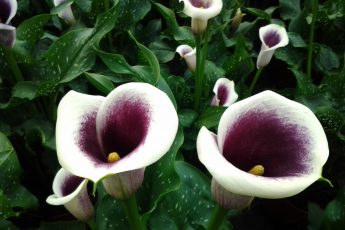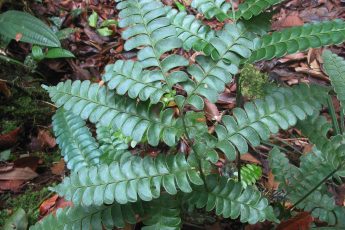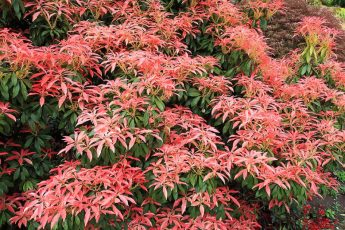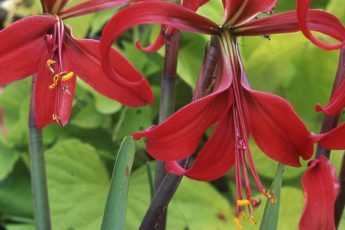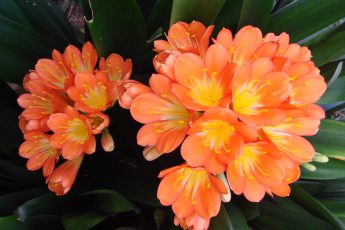Originating from the lush rainforests of Central and South America, particularly Brazil and Peru, Dichorisandra is a captivating plant that attracts plant enthusiasts worldwide. This herbaceous perennial, known for its trailing and climbing abilities, belongs to the Commelinaceae family. Despite its resemblance to Tradescantia, Dichorisandra demands unique conditions to thrive. Let’s explore the essentials of cultivating this exotic plant in your home.
Understanding Dichorisandra’s Growth and Lifespan
Dichorisandra is a fast-growing perennial that can reach lengths up to 60 cm indoors. While its growth rate is rapid, with time, pruning becomes necessary to maintain its aesthetic appeal and encourage healthy new growth. As each shot matures and begins to bare, it may need replacement with new cuttings.
Optimal Temperature and Humidity Requirements
The ideal temperature for Dichorisandra ranges from 64.4 to 75.2 °F in the summer. In winter, ensure the temperature does not fall below 60.8 °F. The plant thrives in humid conditions, ideally around 50% humidity. A pot placed with moist moss can suffice, although the plant can adapt to brief periods of lower humidity levels.
Lighting Needs for Vibrant Growth
Dichorisandra best grows in bright, diffused light, making eastern or western window placements ideal. While it can adapt to partial shade, excessive sunlight can cause its leaves to turn red. When provided with adequate light, its foliage exhibits a beautiful silvery strip, enhancing its ornamental value.
Soil and Watering
For successful growth, Dichorisandra requires soil that is neutral in pH. An optimal soil mixture includes equal parts of leaf land, peat land, coarse-grained sand or perlite, and sod land. During the growing seasons of spring and summer, water the plant abundantly twice a week, ensuring the soil remains moist but not waterlogged. In winter, reduce watering to once weekly, allowing the soil to remain slightly damp between sessions.
Nutrient Needs
To support its lush growth during spring and summer, fertilize your Dichorisandra every two weeks using liquid fertilizer. Consistent feeding will ensure robust growth and minimize risks of nutrient deficiencies, evidenced by slower growth.
Propagation Methods
Dichorisandra can be propagated through cuttings or by dividing the bush during transplantation. For cuttings, plant them in a mixture of peat and moss or root them in water. Keep the environment humid to encourage root development. Seeds are also an option; sow them in a bowl containing a mix of leaf, peat, turf, and sand, and maintain a temperature of 71.6-75.2 °F for optimal germination.
Blooming Season
In summer, Dichorisandra rewards your care with charming blue flowers that form racemose inflorescences. To ensure future blooms, avoid pruning immediately post-flowering season as new flower buds form during winter.
Transplantation and Maintenance
Every 2-3 years, Dichorisandra should be transplanted to refresh the soil and promote healthy growth. Over time, older and bare shoots should be replaced with younger cuttings. Be sure to trim overgrown roots during the transplantation process to maintain root health.
Potential Growth Challenges
Dichorisandra may face a few challenges, including infestations by mealybugs or issues like leaf tips drying due to excessive heat, light, or insufficient humidity. Overwatering can lead to root rot, so maintaining the right moisture levels is crucial. Ensuring proper nutrition prevents slow growth and keeps the plant healthy.
The beauty of nurturing a Dichorisandra plant is in understanding its unique demands and meeting them with diligence. Its graceful growth, silvery leaves, and blue blossoms reward any caretaker willing to invest their time and effort into learning the nuances of its care. Whether you are a seasoned gardener or an aspiring plant enthusiast, Dichorisandra brings a touch of the exotic into your home, transforming your space into a lush, vibrant haven.


